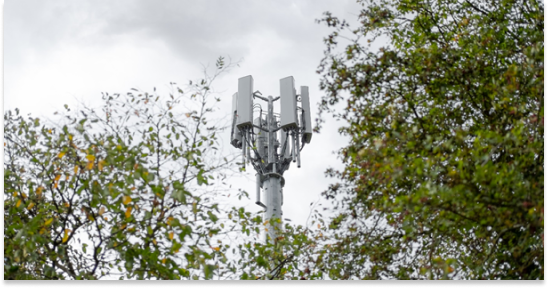Better, Faster, Stronger: Upgrading to a 4G LTE 60 Gig Connection Optimizes Your Video Streaming Experience
The Dreaded Lag in Video Streaming
Rural areas have always dealt with a technology lag of one form or another, be it waiting for phone lines to be laid at the turn of the twentieth century or, nowadays, waiting for the buffering icon to just stop spinning already. When it comes to video streaming these lags can ruin the experience of watching your favorite show or movie. Luckily providers have begun offering rural users network options that dramatically improve the quality of streaming videos.
The Network Options
 Because most telecommunication providers underserve rural areas, the remotest places are the last to gain access to new network technology. For example, while 4G LTE has become the urban standard, many rural users still rely on 3G networks. While 3G is fine for activities like email and voice calls, even unlimited 3G wireless internet falls far short of 4G LTE when it comes to serious web use and, especially, video streaming. In fact, 4G LTE transfers information (like video) up to ten times faster than 3G and 2G.
Because most telecommunication providers underserve rural areas, the remotest places are the last to gain access to new network technology. For example, while 4G LTE has become the urban standard, many rural users still rely on 3G networks. While 3G is fine for activities like email and voice calls, even unlimited 3G wireless internet falls far short of 4G LTE when it comes to serious web use and, especially, video streaming. In fact, 4G LTE transfers information (like video) up to ten times faster than 3G and 2G.
Many rural users can now purchase wireless 4G LTE internet services through EVDO. The EVDO services (which, typical for broadband internet access, use radio waves to transmit data) are superior to satellite services, which were formerly all that was available to rural customers. Satellite internet tends to lag because of the sheer distance between the satellite and the receiver is highly inefficient.
Some rural users live in areas where a 3G network is still the only option. Because new online content is designed with the 4G LTE network in mind, make sure, if you have 3G, to select the standard definition (SD) option for your video streaming instead of the high definition (HD) option. HD causes 3G networks to lag. Likewise, if you have a 4G phone but a 3G connection be sure to disable 4G LTE or your phone will drain its battery in the search for a 4G signal.
A Good Investment
Because carriers are investing heavily in their 4G networks (and not so much in their older generation networks), PC Magazine advises users to “future-proof” themselves by buying a 4G phone or modem. Mobile analyst Sascha Segan asserts: “In 2015, almost everyone should have a 4G phone”[1]. Besides preparing for the day when 3G and 2G will be obsolete, 4G hardware allows access to networks that are improving at a much more rapid rate than 3G and 2G, due to heavy investment in 4G networks. At this point buying anything not compatible with 4G is just a bad investment.
Because 4G LTE transfer data quickly, users tend to use more data on the 4G than they would on the 3G, especially if they stream video. On the plus side, this indicates that users are able to access the shows and movies they want at a higher volume and without the interruptions caused by lagging service. On the minus side, this means that data allowances dry up more quickly. If you are purchasing access to a 4G LTE network invest in a high data allowance like 60 gigabytes. This will ensure you can watch whatever you’d like without using up all your data.
Hardware is equally important. A MIMO antenna catches radio signals most effectively and, therefore, increases the speed at which data is transferred over the 4G LTE network. Purchasing a MIMO allows rural users to experience internet speeds comparable to those in antenna-dense urban centers.
The Last Lag
While rural users sometimes draw the short straw when it comes to network technology, expanded access to 4G LTE means rural users can now enjoy the same internet coverage that urban users do. Smart purchasing (choosing an EVDO provider with a high data allowance and purchasing a MIMO Booster antenna) ensures you the last lag in your video streaming experience.


